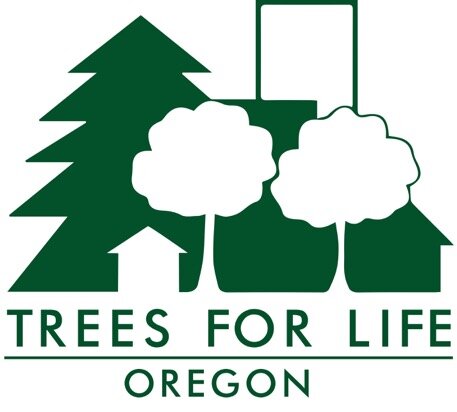City Study Finds Canopy Loss from 2015 to 2020
“Canopy growth has slowed or reversed over the past 5 years.”
That’s the conclusion of a new measure of Portland’s tree canopy from 2015 to 2020, conducted by Portland Parks & Recreation’s Urban Forestry researchers. The study has been done every five years since 2000 by interpreting aerial photos of set points across the city and across commercial, industrial, open space, and residential zones. The next measure will be taken in 2025.
From Tree Canopy Monitoring: Protocol and Monitoring from 2000-2020, Portland Parks & Recreation, February 2022, p.9.
The City has boasted of canopy gain, and indeed, the measures show increases in canopy cover from 2000 to 2020—an additional 2,289 acres of canopy.
However, the news from 2015 to 2020 isn’t as good. During this last five-year period, overall canopy dropped from 30.7 percent to 29.8 percent, and all zoning classes showed canopy loss, totaling 823 acres. That’s nearly the equivalent of losing a Mount Tabor Park annually. Residential zones saw the most dramatic canopy reduction—a loss of 1.1 percent, or 523 acres.
Here are the numbers:
Although the study’s authors note that none of these reductions is statistically significant, the findings dovetail with the trend that Portlanders observe in residential areas undergoing intense development—the removal of large trees and even whole groves for new construction. Whether canopy loss is statistically significant carries no weight for growing numbers of residents who are losing shelter from blistering summer afternoon heat due to development next door or down the block between their home and bus stop.
The researchers also note that this trend coincides with the 2015 implementation of Portland’s tree code, Title 11. “Despite these new rules…the city was still not able to realize the gains in tree canopy cover seen in the early periods of this study.”
Trees for Life Oregon is not surprised by the seeming irony of canopy loss coinciding with the introduction of the tree code. As we have documented, the tree code was not designed to preserve trees but to clarify the rules for builders, who can remove large trees as long as they pay into a City mitigation fund. That, and code loopholes that we hope will be addressed when Portland revises its tree code in the next few years, surely contribute to canopy loss. City-approved permits for residents who take down large trees on private property in order to build an ADU or a home addition also play a role, as do PBOT and Water Bureau practices.
Urban Forestry researchers do not address the causes of canopy loss, but state that “tree removal for development, tree loss from pests and diseases, natural mortality, and weather events” can affect canopy. The authors note that this study didn’t use neighborhood boundaries that would yield cross-city canopy distribution, nor did it divide canopy between private and public property. But, they write, Metro has made maps of Portland’s tree canopy for the years 2014 and 2019, which could be used to examine changes in canopy distribution across the city.
In fact, PSU Professor Vivek Shandas has used Metro aerials to explore citywide canopy distribution. His preliminary findings show that the greatest canopy decline between 2014 and 2020 occurred in neighborhoods east of I-205, home to large portions of low-income residents, immigrants, and people of color.
If this documented canopy loss concerns you, let City Council know. Contact your City Commissioners today!
Mayor Ted Wheeler 503-823-4127 mayorwheeler@portlandoregon.gov
Commissioner Dan Ryan 503-823-3589 commissionerryanoffice@portlandoregon.gov
Commissioner Jo Ann Hardesty 503-823-4151 joann@portlandoregon.gov
Commissioner Carmen Rubio 503-823-3008 comm.rubio@portlandoregon.gov
Commissioner Mingus Mapps 503-823-4682 mappsoffice@portlandoregon.gov


